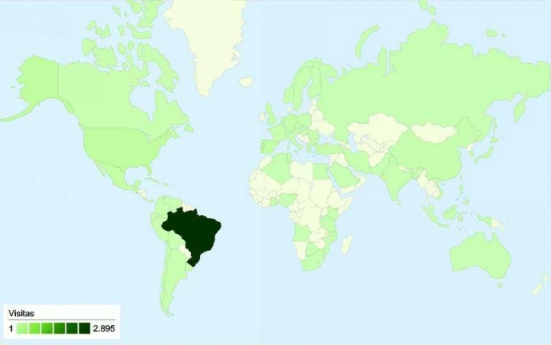Evaluation of landscape change in the Vidoca Stream Watershed, São José dos Campos, SP, Brazil
Abstract
Hydrographic basins in urban areas frequently undergo drastic landscape changes. This work analyzed the landscape transformation of Vidoca Stream Watershed in the period from 1500 to 2003. Based on Remote Sensing and GIS techniques it was found that: a) Between 1500 and 1953 natural vegetation classes which included Alluvial Semi-decidual Seasonal Forest, Mountainous Semi-decidual Seasonal Forest and Open Arboreal Savannah changed to anthropic fields and grasslands; b) From 1954 to 1985, just before the massive urban occupation of the area, there was a short period of regeneration of the Alluvial Semi-decidual Seasonal Forest above the Carvalho Pinto Highway; later on, the grasslands changed to anthropic fields; c) From 1986 to 1997, a fast urbanization process occurred and resulted in the replacement of the grassland and anthropic fields by urban constructions; d) From 1998 to 2003, with the consolidation of the urbanization process, the urban occupation reached the boundaries of the plateau and the lowlands of the watershed, resulting in soil impermeabilization. The results of this research indicated that the urbanization process was not controlled in spite of restricted legislation and environmental degradation occurred in this studied watershed along of the study period.
Issue
Section
Papers
Authors maintain the copyrights for their work. However, they grant rights of first publication to Ambiente e Agua - An Interdisciplinary Journal of Applied Science. In compensation, the journal can transfer the copyrights, allowing non-commercial use of the article including the right of sending the article to other data bases or publication media. The journal uses the CC BY 4.0 license"






